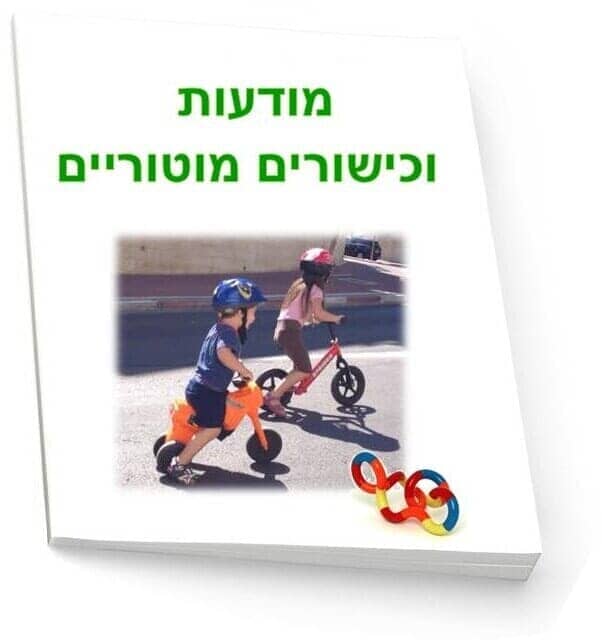Directional awareness is one of perceptual motor skills
Many children learn when they become “mobile”.
Motor skills in combination with perceptual, sensory skills, such as vision, hearing,
tactile and abilities to develop increasingly complex behaviors.
Perceptual motor skills include body awareness, spatial awareness and directional awareness.
Experiences with movement in which the direction is important to develop these skills and are essential for the child’s development in movement.
There are two important concepts that form the basis of directional awareness: laterality and directionalityl aterality refers to both sides of the body.
In order for children to be able to plan and perform specific movements in a certain direction,
They must develop an inner awareness that their body consists of two sides.
directionality is the application of the concept of laterality to the external world.
Understanding that there is left and right gives perspective to where things are in relationship with each other.
Directionality helps children understand the surrounding space and the relationship of things.
Directional awareness activities can develop awareness of the body as it is projected in space and gives dimension to other objects in space.
It implies the relationship between the objects, as they pass side by side.
Linking movement activities to verbal, cues of in and out, up and down,
Above and below will reinforce the concepts involved in directional awareness
which will apply to both concepts: laterality and directionality.
Basic movement skills are often learned through free play in playgrounds and then reinforced in physical education classes in schools. However, free play outside has almost disappeared, and physical education no longer appeals to children.
Children are less active, and when they are freely active,
This often activates them more than in organized play or sports practice.


